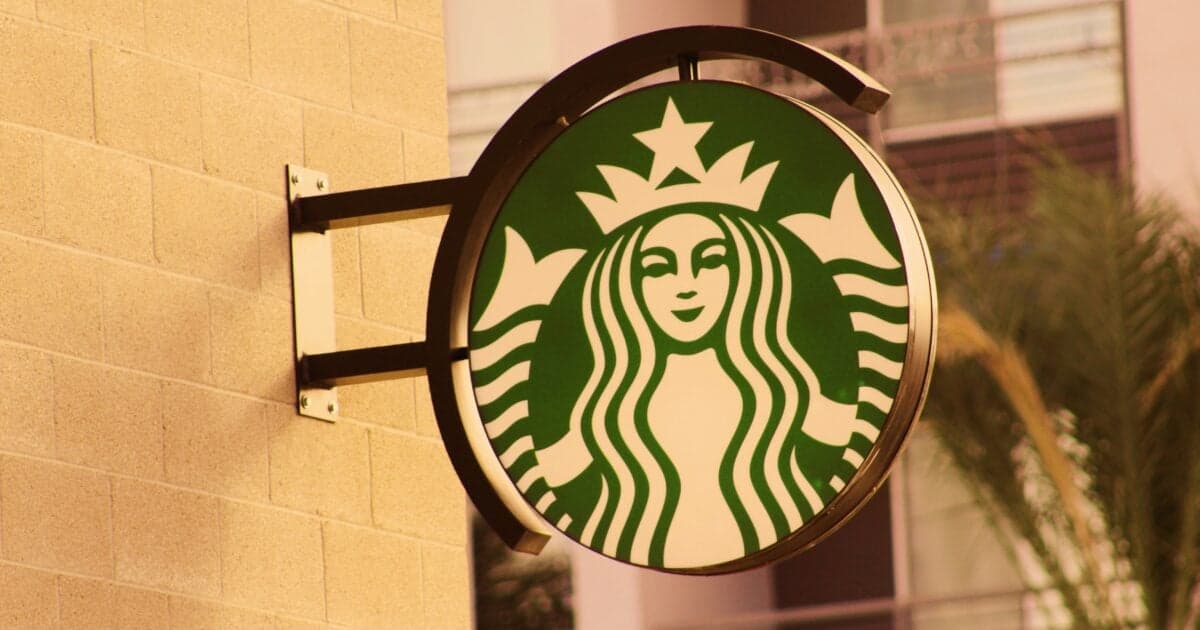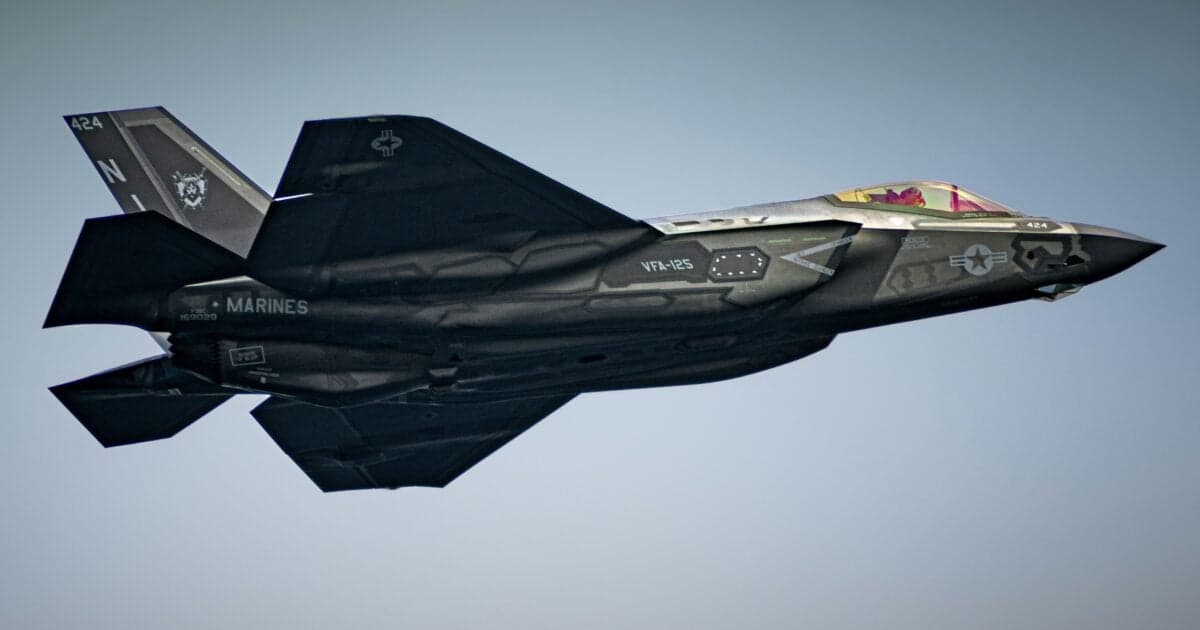Starbucks Falls on Earnings – Is It a Buy Today?

How much money can you make selling things folks can't get enough of? It turns out, a lot.
Starbucks (SBUX) is a great example. The coffee chain has more than 40,000 locations across the world. In its two largest markets – the U.S. and China – Starbucks has 17,000 and 7,600 locations, respectively.
That has turned Starbucks into a household name. But even the best companies can fall on hard times.
And Starbucks is going through them right now.
Starbucks Falls Short on Earnings
Shares of Starbucks fell 6% on Wednesday. The coffee chain's latest earnings report was the reason...
Sales rose 2% to $8.8 billion in the three months ending March 30. But operating income fell more than 45% year over year in the quarter.
One quarter won't make or break a company. What's more important is the company's longer-term financials. But in the case of Starbucks, this has been an ongoing concern.
Starbucks' U.S. same-store sales have declined for five straight quarters. The only other times that the company's U.S. same-store sales have notched more than two straight quarterly declines were in 2008 and 2020 – both marking recessions and 30%-plus declines in Starbucks' shares.
And both net income and operating income are well off their highs from the 2024 fiscal year.
The company's recent struggles have shown up in the stock price... Starbucks shares are down more than 14% so far in 2025 and are sitting at the lowest level since last August. Looking back even further, the stock has only risen about 7% over the past five years – well below the S&P 500 Index's 94% return.
One recent drag on Starbucks' business has been something entirely out of the company's control – inflation.
Over the past 10 years, prices at your neighborhood Starbucks have increased by 39%. For consumers feeling the pinch of inflation, that could be enough incentive to simply have coffee at home.
Having said all that, Starbucks has been a great stock for long-term investors to hold. The stock has soared from around $2.50 per share on December 31, 1999 to more than $80 today. Even with the earnings-related pullback, $1,000 invested in Starbucks at the end of 1999 would be worth nearly $35,000 today!
So, can Starbucks right the ship?
Niccol's 'Back to Starbucks' Plan
The company is still in the early stages of a turnaround. CEO Brian Niccol only took his position in September. Prior to that, Niccol was the CEO of Chipotle Mexican Grill (CMG). During his tenure from 2018 to 2024, CMG shares climbed nearly 800%.
Niccol's entrance marked the first full quarter for his "Back to Starbucks" plan. Here's what Niccol had to say in one of his first press releases as CEO back in September...
Today, I'm making a commitment: We're getting back to Starbucks. We're refocusing on what has always set Starbucks apart – a welcoming coffeehouse where people gather, and where we serve the finest coffee, handcrafted by our skilled baristas. This is our enduring identity. We will innovate from here.
In a later release, Niccol gave an update on the early steps Starbucks has already taken for this plan – including things like setting a goal for four-minute wait times for customers.
But the plan comes at a cost. In its second-quarter earnings release, Starbucks said a large part of the decline in operating income was due to higher labor costs needed to support the turnaround plan. Still, Niccol was optimistic about how the early days of his plan are going. From the earnings release:
Improving transaction comp in a tough consumer environment at our scale is a testament to the power of our brand and partners getting "Back to Starbucks." We are on track and if anything, I see more opportunity than I imagined.
Of course, that's what we can expect a CEO in the early days of his turnaround to say. I'm willing to bet we get a few more quarters of bumpy earnings and near-term noise for Starbucks as this plan plays out.
But, for those with a long-term mindset, there's still a lot to like about Starbucks.
Investing in 'Addictive' Stocks
Historically, Starbucks has thrived by selling "addictive" products. It's self-explanatory...
The very nature of these products keeps folks coming back time and time again. Companies that sell addictive products like McDonald's (MCD), Coca-Cola (KO), Altria (MO), and Hershey (HSY) have been great investments.
In McDonald's case, that's salty and greasy food. For Altria, it's tobacco. And, of course, Hershey and Coca-Cola sell sugary snacks (through candy and drinks, respectively).
As for Starbucks, that's coffee. Caffeine is the world's most commonly used drug. The National Coffee Association estimates that 67% of adult Americans have coffee every day. And I'm willing to bet a large number of those folks have more than one cup a day.
It's not hard to see why. It can increase alertness, boost energy levels, and generally improve your mood. And it has health benefits, too – like helping to protect against cardiovascular disease.
Put simply, people need their caffeine fix. And Starbucks has the largest footprint of any coffee chain... Those two factors alone keep customers coming back to Starbucks time and time again.
Starbucks Has a History of Rewarding Shareholders
Over the past 12 months, Starbucks has brought in about $36 billion in sales. But sales aren't growing... In the 2024 fiscal year (which ended in September), Starbucks reported a record $36.2 billion in revenue – only up 1% from the year before.
On that $36 billion, Starbucks makes a net profit of about $3.5 billion, good for a net profit margin of about 10%. And about $3 billion flows down to our favorite metric – free cash flow ("FCF").
FCF is the amount of cash left over after all operating expenses and business investments. And companies can use this cash to reward shareholders or reinvest in the business.
Starbucks has continually used this FCF to reward shareholders through dividends and stock buybacks. The company has raised its annual dividend payout every year since 2011 and now pays out $2.44 per share every year. That's good for a dividend yield of about 3% – more than double the S&P 500's yield of 1.3%.
As for stock buybacks, Starbucks' shares outstanding have fallen from 1.5 billion in 2015 to about 1.1 billion today. That's a decline of about 25% in 10 years.
You can think of share buybacks as another way of rewarding investors. As the company buys back shares, the value of the remaining shares increases, all else equal. In that way, Starbucks' generous buyback history is a testament to its willingness to reward shareholders.
Is Starbucks a Buy After Today's Sell-Off?
Yes, Starbucks has historically been a great business. Its steady customer base has helped it produce thick margins and loads of FCF. The company regularly raises its dividend and has a history of share buybacks.
But the company is still richly valued today. The stock trades at more than 25 times its trailing 12-month earnings. That's just above the broader market's 24 times price-to-earnings ratio (as measured by the S&P 500).
For a company that is dealing with falling earnings and cash flow, those valuation multiples are still too high to make Starbucks a surefire buy today. You can see that from our proprietary Stansberry Score, which we developed to measure a stock's viability as a long-term investment...
Starbucks gets a Stansberry Score of 72 out of 100. That's good enough for an overall grade of B and a ranking of 793 out of the more than 4,600 stocks we track.
Looking below the hood, it gets an A grade for Capital Efficiency and a B grade for Financial. But it received a grade of C for Valuation, indicating that shares are not cheap historically. And it does not earn the "Momentum Bonus" for stocks that are in uptrends. In short, while Starbucks is a great company, it's not quite a buy today.
It will take time for the company's turnaround plan to take shape. It's too soon to tell if Starbucks can reverse the decline in sales and earnings. In the long term, the company should get back to its former strength.
But for now, it's a prime candidate to put on your watch list.
Regards,
Nick Koziol




